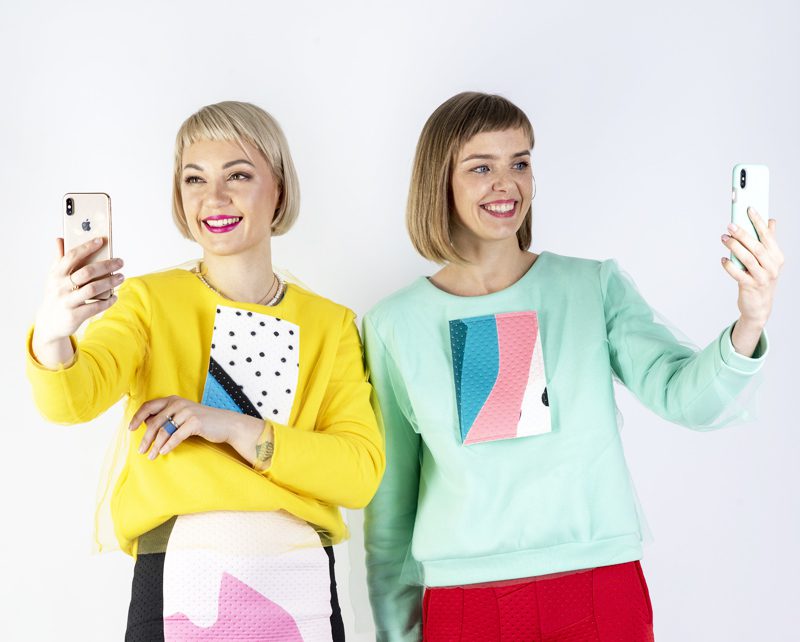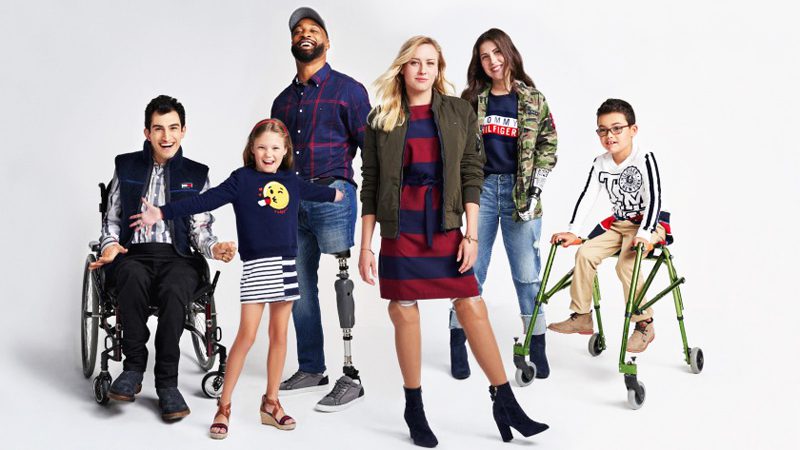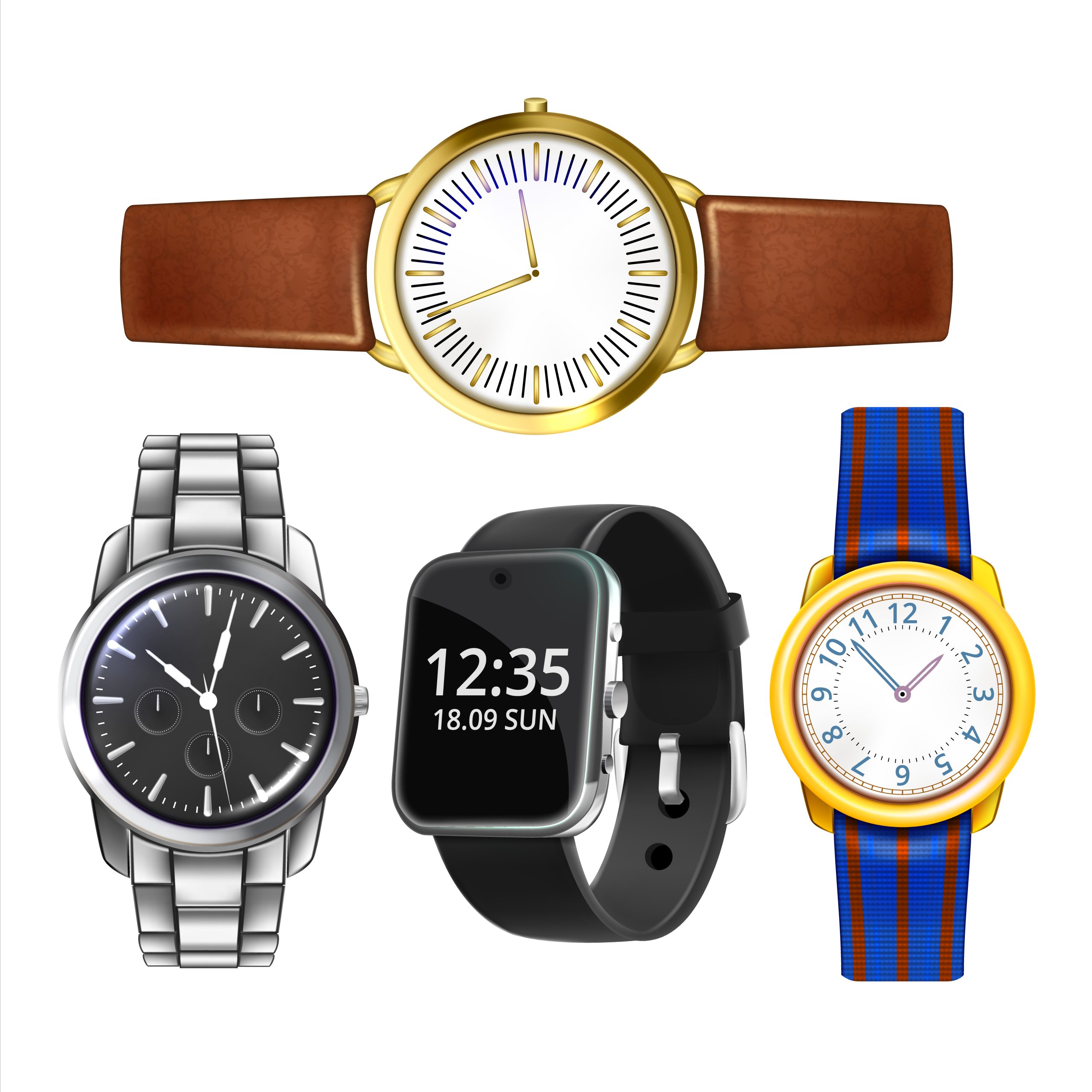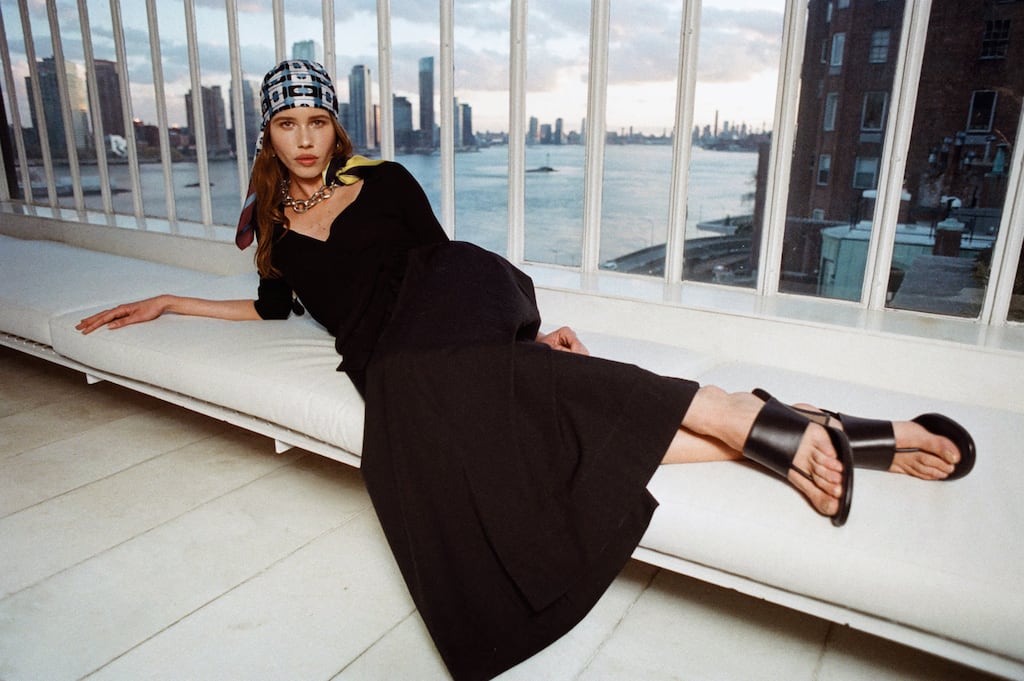What does fashion in 2021 look like? Be it luxury brands embracing a casual look due to the pandemic-induced work-from-home culture or top fashion brands taking up the cause of gender neutrality and adaptive fashion, here are some of 2021’s biggest fashion trends.
Gender neutrality in fashion

Gucci fights toxic masculinity
Diversity and inclusivity in fashion has been an unlikely dream for the longest time due to the standardisation of beauty, restricting itself to models of a specific type be it their their body, colour, age and ethnicity. Of late, however, several brands made a concerted effort to design gender-neutral or gender-inclusive styles to meet the fashion to bust toxic masculinity and to requirements of the LGBTQ community as well as those frustrated with off-the-rack standard sizes that do not flatter all body types. A prominent example is that of Gucci retailing a dress with ribbon waist for men, priced at £1,700. The footwear segment followed suit with the spring 2020 shows at Bode, Jil Sander and Dries Van Noten debuting ballet shoes for men.
Per Vogue, “Conventional elements have migrated to unexpected places to create entirely new shapes—‘altering reality to create a new reality’ as Galliano explains it—so that, thanks to ‘the fearlessness of a couturier’s scissors,’ a trench coat is cut into skateboard shorts, and the front of a velvet jacket morphs into a black lace shift dress onto which it has been grafted… What Galliano politely calls a ‘combinaison’ but admits is essentially a ‘onesie’ becomes the most gender fluid garment of all.”
Work wear re-imagined
While the professional wardrobe as we know it didn’t get much traction in 2020, a new WFH business-casual category seemed to emerge. While working from home, the new-age meetings were held on Zoom, FaceTime or Skype, which encouraged professionals to search for looks that would suit both the casual setting and fit business attire protocol. Per GQ, ”You’re about to see your colleagues up close and personal and, funnily enough, they’re about to see you in the same way. Unless you sit two metres away from your laptop, your colleagues will have the length of a meeting to scrutinise your skin, hair and teeth, so ensure that you’re on top of your grooming game.” So, how does one get dressed for video calls? Guoda Sakalauskienė and Viktorija Bugajenko collaborated to design a video call-appropriate jumper in five colours and named it Zoomer! Guoda explains, ”It is important to look good on a computer, mobile phone or television screen, without compromising the comfort. First impressions matter and Zoomer helps to make that meeting memorable with a wide range of possible transformations.”

Zoomer
Adaptive Fashion becomes mainstream
In 2019, Business of Fashion estimated that the adaptive market would be valued at $529.8 billion by 2023 and fashion brands begun recognising the segment as a business proposition as much as a social one. Tommy Hilfiger led the charge in mainstream fashion with ‘Tommy Adaptive’ with fashionable adaptive sportswear, from jeans that fit over prosthetic legs to shirts with easy-open buttons, inspired by his autistic children’s struggle with apparel. That year, Nike launched FlyEase with easy-on zippered sneakers, as a response to a letter from a kid with cerebral palsy who struggled with sneakers. For Savage x Fenty, Rihanna roped in model Lauren Wasser with amputated legs to walk the runway.

Tommy Hilfiger embraces adaptive fashion
Per Vogue, New York-based Open Style Lab is a ‘nonprofit incubator for inclusive design educating university students before they enter the industry. ”We take fashion designers, occupational therapists and engineers and put them with someone with a disability,” she [Christina Mallon, chief brand officer] explains. ”Together they create a garment to help with dressing or to reduce body temperature—different problems clients run into—but also to make sure it’s beautiful.” The results are incredibly innovative and fly in the face of conventional garment design. Built-in bras make dressing easier, while tactile textiles help the visually impaired feel their way to expressing personal style… adding pockets where wheelchair-bound users can access them, or replacing zippers at a garment’s back with Velcro.’
Luxury brands get casual
Per WWD, “Changes in consumer behaviour are also causing a major transformation of the sector. These changes include the meteoric rise of experiential luxury… and the increasing fashionability of the “casual.” Between classic style and leisurewear, the “casual” look is informal without being neglected.”
The luxury denim market was the first to latch on to the casual look bandwagon. Most luxury fashion brands have long since integrated jeans in their collections. Next, the footwear category embraced the trend, seen in the strong growth of the sneakers market. The luxury sneakers market attained 3 billion euros in 2015, three times more than in 2009 and leading luxury brands like Chanel, Dior, Louis Vuitton and Valentino integrated this trend, in response to the demand of their customers. However, the movement that most symbolises the casual trend is streetwear which is inspiring artistic directors of luxury brands of late and making a significant appearance on the catwalk.
Jasmeen Dugal is Associate Editor at FashionABC, contributing her insights on fashion, technology, and sustainability. She brings with herself more than two decades of editorial experience, working for national newspapers and luxury magazines in India.
Jasmeen Dugal has worked with exchange4media as a senior writer contributing articles on the country’s advertising and marketing movements, and then with Condenast India as Net Editor where she helmed Vogue India’s official website in terms of design, layout and daily content. Besides this, she is also an entrepreneur running her own luxury portal, Explosivefashion, which highlights the latest in luxury fashion and hospitality.








